 |
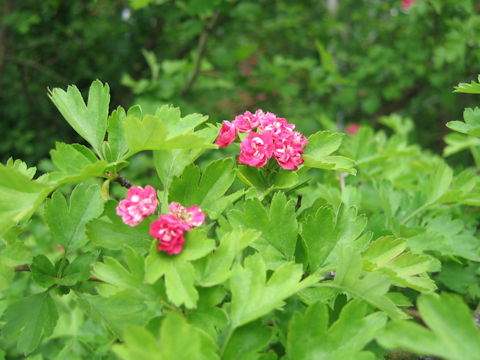

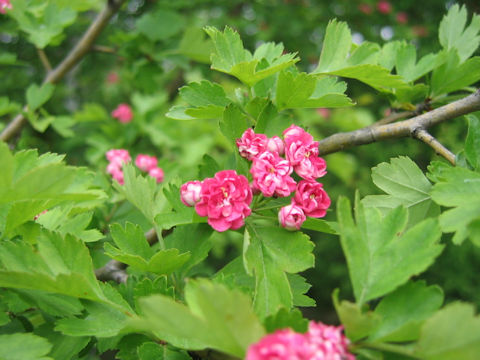

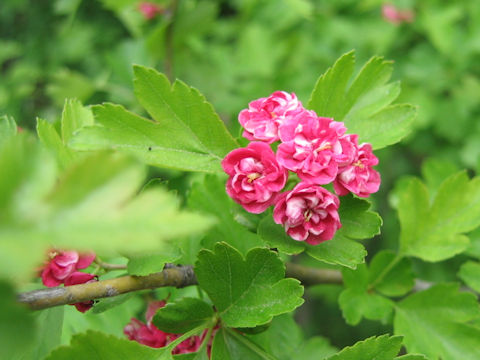

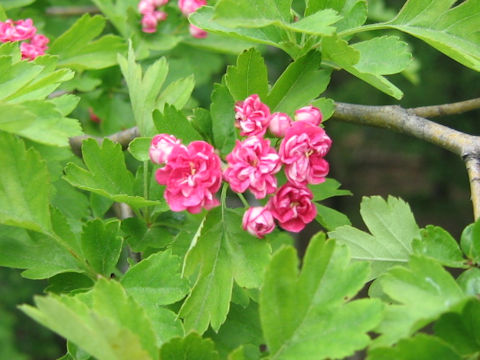

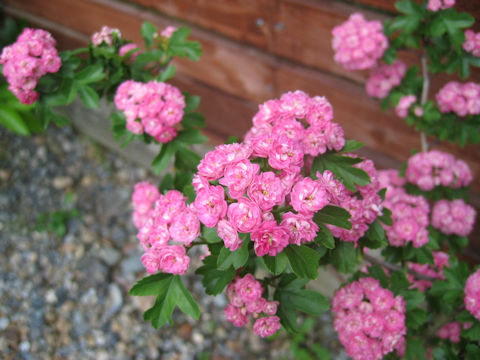

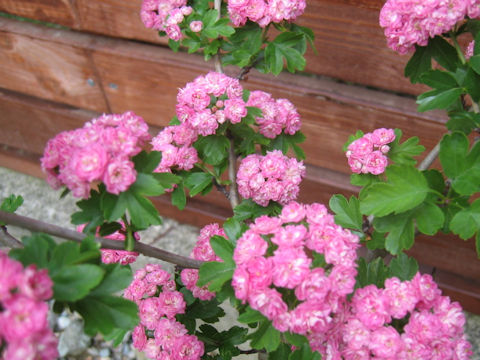

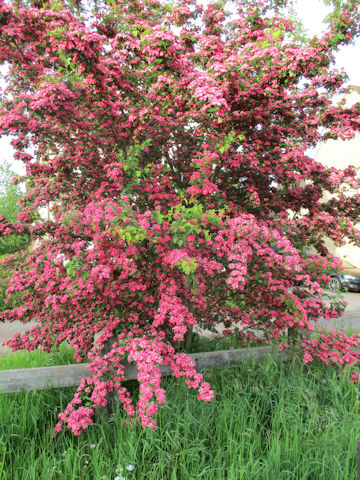

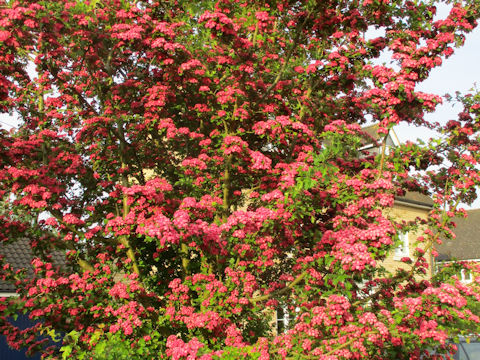

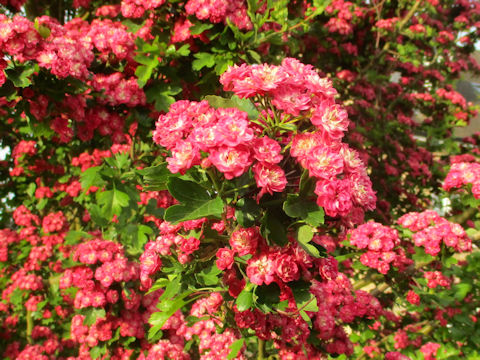

|

|
[bp´YÌu¹¢æ¤³ñ´µvðSÉìo³ê½|iíÅ·BPWUUNACMXÌEBAE|[iWilliam PauljÉæÁÄsêɱü³êܵ½B³ÍSDT`U[gÙÇÅAÌ é}ª§¶µÜ·BtÍõòÌ éÎFÅR`TôµAζµÜ·BU©çV²ëA[¢gFÉWgF̬¶Á½ªdÌÔð穹ܷBªdç«ÈÌÅAÊÀÍÈèܹñB
|

|
oÈTUV®ÌtáØÅAw¼Í Crataegus laevigata cv. Paul's ScarletBp¼Í Paul's scarlet hawthornB
|

|
The Paul's scarlet hawthorn (Crataegus laevigata cv. Paul's Scarlet) belongs to Rosaceae (the Rose family). It is a small deciduous tree that is a garden cultivar created mainly by European native "Hawthorn (Crataegus oxyacantha)". In 1866, it was introduced to the market by William Paul in the UK. This tree grows up to a height of 4.5-6 m, and with dense thorn branches. The leaves are shiny green, 3-5 partite, and arranged in opposite. The double flowers are blended dark with pale rose pink, and bloom from June to July. This tree is double-flowered, so it is sterile.
|

|
[ãEP`R] ·ì§¼{sàcu§ÑÆZ^[vÉÄA2005N0522úBeB
[SET] ·ìs¼ã·òÉÄA2006N0518úBeB(photo by Yoko Kitagawa)
[U`VEº] CMXEPubWV[BL{[ÉÄA2018N0518úBeB(photo by Yumi Gunji)
|










